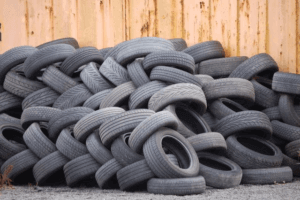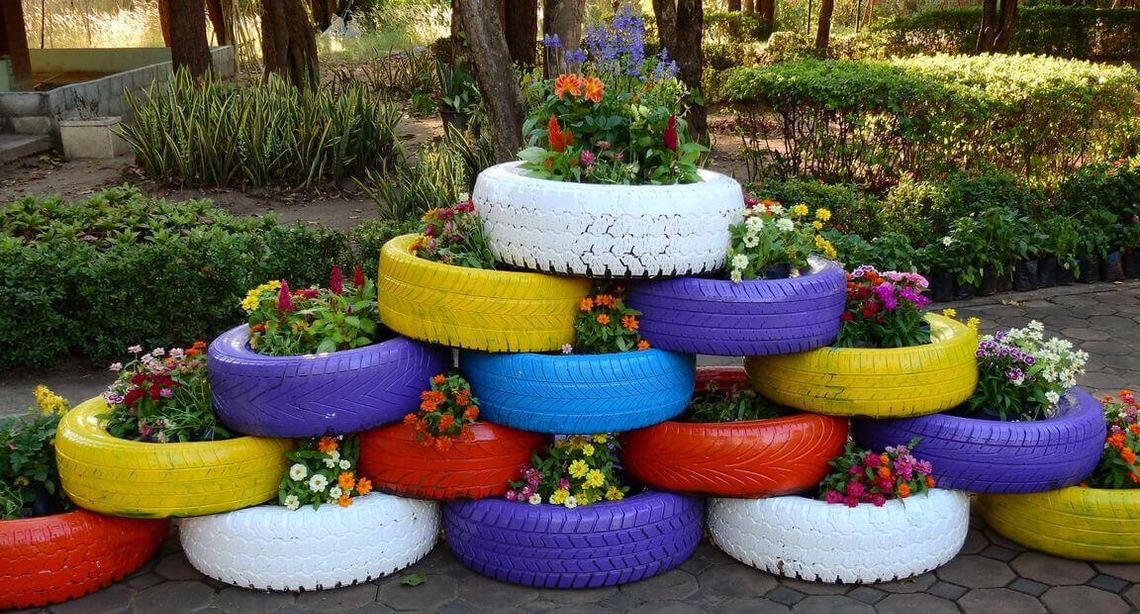When we talk about the end of a tire’s life, all too often we imagine an environmentally damaging process and dumps filled with tires. However, we could not be further from today’s reality. If at one time the use of used tires as fuel was indeed favoured, marking our collective psyche with its black smoke, today things are different. It’s time to talk about recycled tires!
With a bit of recycling, they can be transformed into building material, industrial additives or even artificial reefs, giving new life to tires that have been disintegrated over several seasons of use.
300 million tires
Used tires are a major source of waste. In the United States alone, for example, nearly 300 million tires are sent to landfills or recycling centers each year. Although much of it is still used to fuel industrial furnaces, recycling is on the rise and the trend does not appear to be decreasing.

In recent decades, however, the versatility of this material has become evident. In addition to its usefulness in the construction world, recycled rubber is now found in many everyday objects, from basketballs to shoe soles. Some ambitious marine conservation projects have even been set up to build artificial reefs using these tires.
They can also be found in artificial lawns and even in steel, replacing coal as a source of carbon! Really, recycled tires are all around us. And what about all the uses that ingenious individuals have found for this “waste” over the years? Indeed, who has never swung into a tire tied to a tree or avoided them during an obstacle course? Some farmers even use them to collect water for their livestock.
Recycling is the key
There’s no denying that the life of tires doesn’t end when they leave your car. Although they are very practical for driving, their rubber is rich in carbon and heavy metals and it is imperative that they be recycled properly.
While burning them once seemed the best option, today more and more companies are recognizing the importance of sustainably reusing this virtually inexhaustible source of rubber. Every year, technological advances make this process simpler and more efficient. Who knows what our tires will be recycled twenty years from now?




